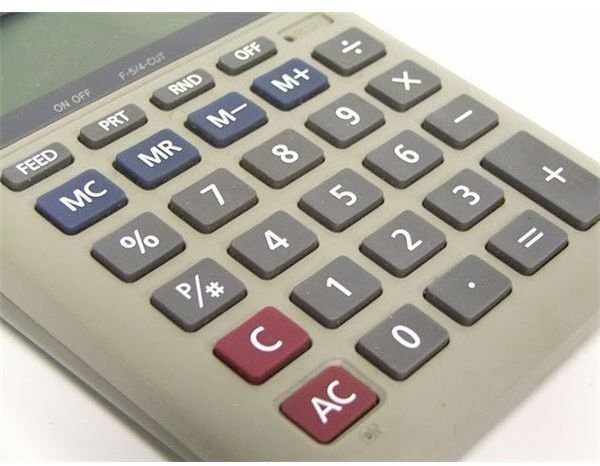What is the Full Accounting Cycle?
Importance of the Full Accounting Cycle
Professional accountants have at their disposal such accounting software programs as QuickNooks and Peachtree Complete Accounting software to make their jobs much easier. Although the use of such programs handles many of the essentials of the accounting cycle automatically, a grasp of the fundamentals of the full accounting cycle is essential in helping accountants and businesses compose financial statements and meeting financial goals and obligations of the organization.
Analyzing Data
When an economic event occurs that will affect the company’s finances, the accounting cycle begins with analyzing data from source documents which will be recorded in the company’s financial journals. Examples of economic events are acquistions, sales of assets and borrowing money or the sale of the company’s inventory. Examples of source documents are checks, receipts, invoices, bank statements and depreciations schedules. Any transaction recorded must affect both sides of the accounting equation. This is called double entry accounting__. If an entry increases assets, it must also increase liabilities, reduce another asset by an equal amount or increase the owner’s equity. The accounting cycle is designed to provide balance to the accounting cycle.
The Full Accounting Cycle
The full accounting cycle is a process of ten steps. After analyzing data from source documents, the accountant begins the process of the accounting cycle. Steps including in the full accounting cycle are
- Collecting and analyzing data,
- Recording transactions into the accounting journal,
- Posting first to the accounting journal then to the general ledger,
- Preparing the trial balance,
- Recording adjusted entries,
- Adjusting the trial balance,
- Preparing all financial statements,
- Record the closing entries,
- Preparing a final trial balance, and finally
- Recording any revising entries.
The accountant must pay attention to detail and make sure all work is error free to produce financial statements that are accurate and useful in the company’s financial operations.
The Balance Sheet
The balance sheet is one of the most important financial documents of a corporation revealing assets, liabilities and equity. A careful look at the balance sheet is an essential part of assessing the company’s overall financial health. The assets are the value of the company’s possessions. Liabilities are what the company owes to others. The company’s equity is measured by the retained earnings, which can in turn be reinvested into the financial market to make a profit for the company and its shareholders.
The relationship of these items in a balance sheet is “Assets = Liabilities + Equity.” A company can learn much about its growth rate by analyzing the facts on a balance sheet. Sales growth will show a larger asset. While the companies assets grow, the liabilities and equity will also grow, maintaining the financial stability of the company.
References
https://www.investopedia.com/articles/basics/06/balancesheet.asp
https://www.moneyinstructor.com/art/needaccounting.asp
https://business-accounting-guides.com/accounting-cycle.html
